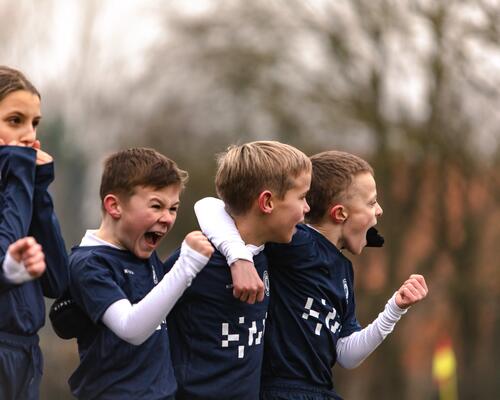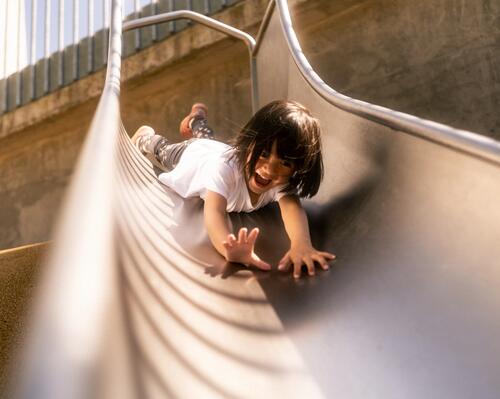What is climate change?
Climate change is the global climate's transformation that is modifying the weather and ecosystem's long-term equilibrium. To start with, it's a naturally occurring phenomenon and caused by the greenhouse effect, but which has been destabilised by human activity and more specifically by its CO2 emissions.
This disruption of the climate system threatens to exceed planetary boundaries, the critical thresholds beyond which the Earth's natural balances risk collapsing. Among the feared consequences are rising sea levels, intensified extreme weather events, disruption of water cycles and loss of biodiversity.
According to the reports of the Intergovernmental Panel on Climate Change (IPCC), to limit global warming to 1.5 °C, achieving carbon neutrality by the middle of the 21ᵉ century is essential. This objective is defined in the Paris Agreement signed by 195 countries. It is in this global context that DECATHLON is implementing a climate strategy.








